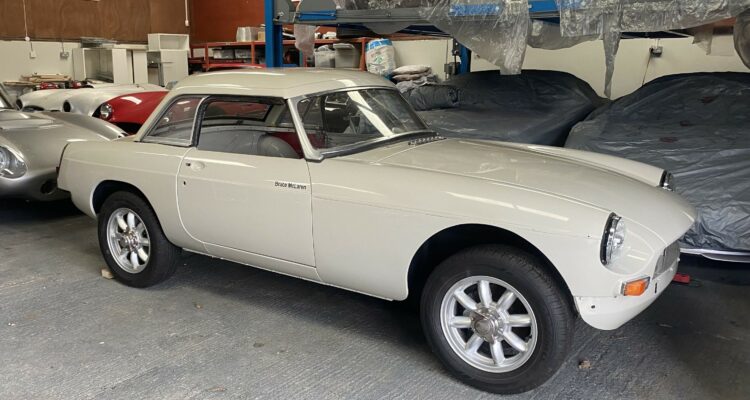Five Bargain Design Icons
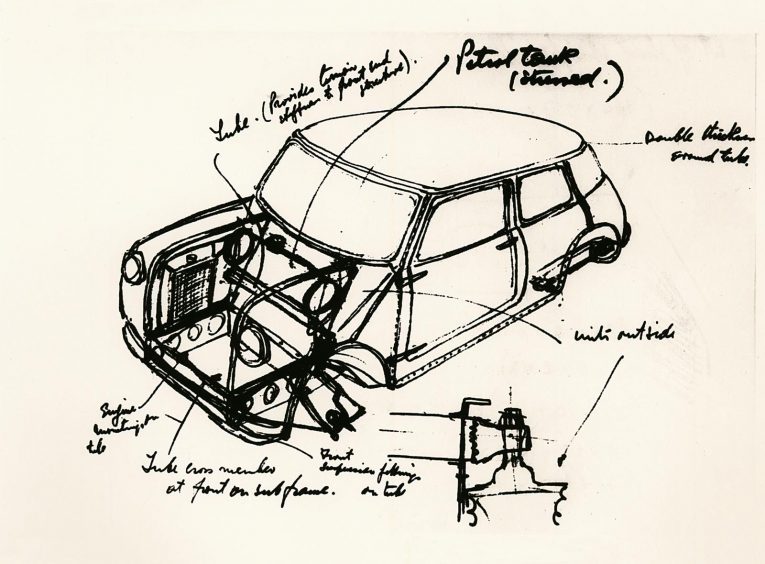
Good design is a joyous thing to behold. Something poorly designed makes the task it was (poorly) designed for seem mammoth. Bad design ruins experiences. It ruins ideas. It ruins what may have, once upon a time, been a good idea. Good design makes life easier, it makes tasks a breeze and it makes us admire said designed item. Design matters because design is evidence of thought, effort and innovation. And more than that, good design is timeless. Think about it. The Swiss Army Knife, an Eames Chair, an Omega Speedmaster watch. All designed decades ago, but all still admired and even coveted today. And that’s because of good design.
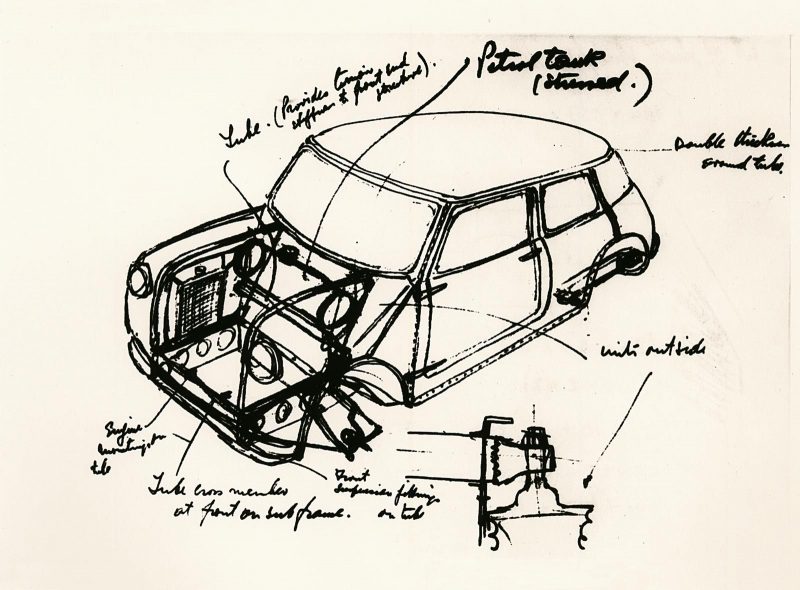
This also bleeds through into the automotive world. Nobody is getting misty-eyed over a G Wizz, or a 1996 Fiat Punto. But a Porsche 911 or a Lamborghini Miura? They’re examples of vehicle design at its highest point. But here’s the thing, those design icons of the motoring world are extremely expensive. That means mere mortals like you and I can’t share in this idea of driving a design icon, right? Wrong, actually. Part of embodying good design is to also be obtainable. Okay, so we might not be buying a Lamborghini next week, but we might buy one of the five cars listed below. Each one is an icon of automotive design, pushing boundaries and redefining norms. And they can all be had for a price that won’t require the sale of an internal organ.
1) The Austin/Rover Mini – From £2,500
How could we start this list with anything but the original Mini? It was a car that revolutionised car design as a whole, and as you can see from the image at the top of the page, it all came from a humble sketch by Sir Alec Issigonis.
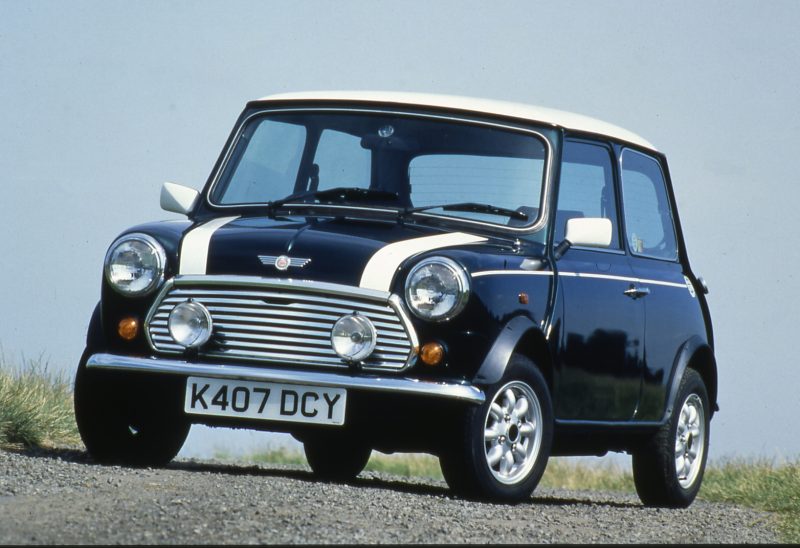
The Mini was thought up by Issigonis as a response to the global fuel shortage caused by the 1956 Suez Crisis. His vision for this new small car was to offer maximum economy and maximum practicality. It also, at the insistence of Leonard Lord, had to look like a proper miniature car, unlike the bubble cars and the like that were rapidly gaining traction in the late ‘50s.
The design was hugely clever, with the engine sitting atop the gearbox which in turn powered the front wheels. This was revolutionary, as it freed up masses of cabin space for passengers. And this is where the design shone. Issigonis made sure there was space for four, and their luggage. But not at the cost of the car’s aesthetic. Issigonis penned a functional, but also cheeky design that we and the rest of the world very quickly fell in love with.
2) The Vauxhall Calibra – From £1,000
Yes, we are being deadly serious. There is a car from Vauxhall that is a design icon, and that car is the 1989 Vauxhall Calibra. A car so slippery it would make a greased bar of soap seem grippy. It was a triumph of design, and boasted a drag coefficient of 0.26. To put that in perspective, no other car in the world was able to beat it until 1999 when Honda launched the Insight and Audi the A2, both of which cut through the air at 0.25. Impressive.
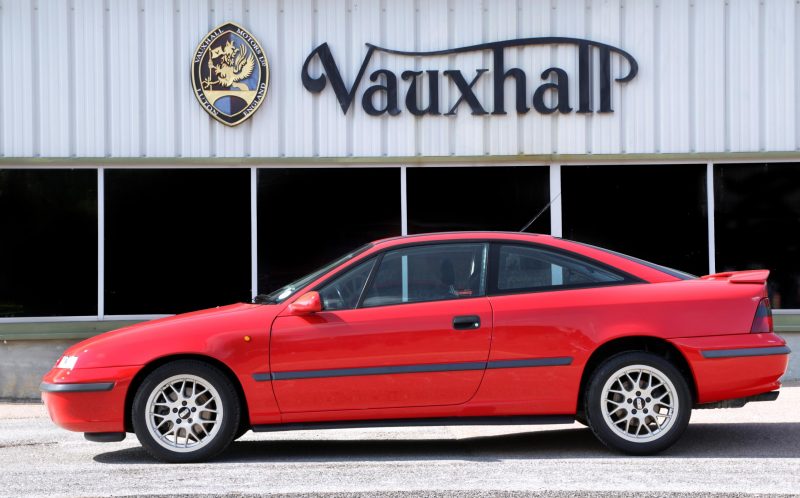
The Calibra was, and still is in this writer’s opinion, a good looking car, too. The design by Erhard Schnell was simply outstanding, and was miles ahead of cars like the Ford Probe and dare we say it, the Celica of the time. It was brave, it was forward-thinking and it looked like no other Vauxhall before it. The narrow front lights, the perfect lines of the roof, the pillarless doors – perfection.
The Calibra is starting to come into its own now, and as such, the prices are going up, as we covered in our Time is Now piece. However, you can still get 2.0 cars for as little as a grand, though expect rusty arches and high miles. Spend a bit more and you’ll be in V6 territory, which is a good place to be. If you want the ultimate – the 2.0 16V Turbo 4×4 – expect to drop anything north of £7,000 for a good one.
3) The Citroën XM – From £2,500
Would you like to drive to work in something more exciting than a car? What about a spaceship on wheels? If that sounds like a slice of action you’d like to subscribe to, then step right up. The magnificent Citroën XM is the car for you. A flagship car from the French manufacturer that gave us the amazing, but now costly DS.
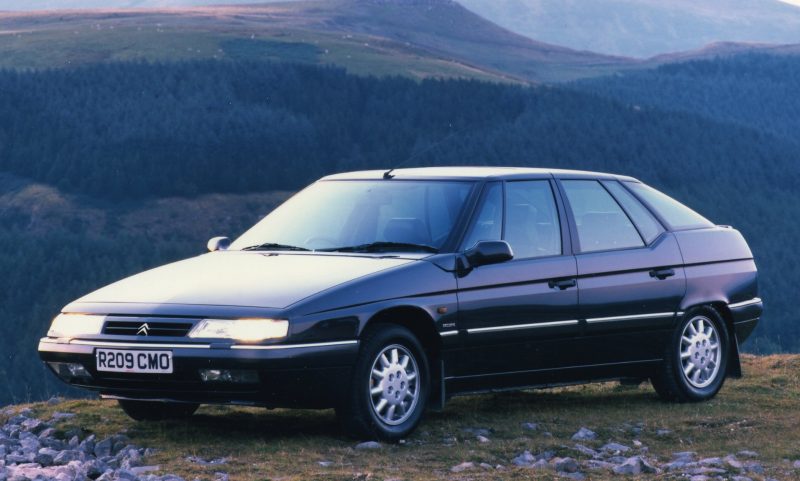
The XM was and still is a wonderful thing. If you were to buy one as a ‘toy’ or second car, you would soon find yourself using it more often than originally planned. The XM boasted hydropneumatic self-levelling suspension with electronic management to help reduce body roll and keep the big car composed. This meant it had a ‘magic carpet’ ride quality that most modern cars can’t even match. Citroën also listened to buyers, and made the XM available with a powerful V6 engine.
Buying one today is not an easy thing, as the XM wasn’t the commercial success Citroën hoped it would be. As such, only 330,000 were ever made, and very few of them made it to the UK. However, if you do find one you should pounce on it. Those sharp looks still cut a dash today, the ride is phenomenal and being a flagship car, it will be dripping in period tech. Do it, you won’t regret it. Buy a decent, enthusiast-owned car though, not a bargain basement £1,000 one. Trust us.
4) The Renault Avantime – From £3,000
It’s just… mad. The Renault Avantime, which literally means ‘ahead time’ was, well, it was ahead of its time. Or maybe it wasn’t? Maybe there was never, nor ever will be a time for Patrick Le Quément’s most bonkers hour. It doesn’t really matter. All that does matter is that the Avantime – the answer to a question nobody really asked – made it into production. Okay, so not many were produced. Fewer than nine thousand in fact. But hey, nine thousand of something is better than nothing.
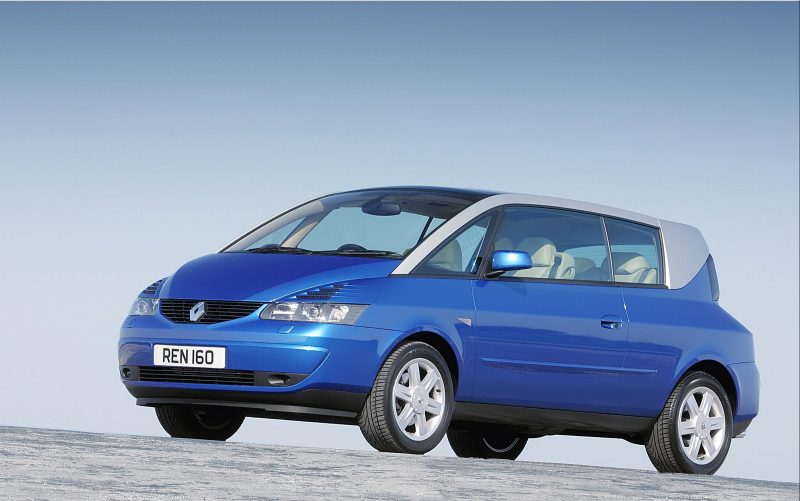
The Avantime was meant to be an Espace, or at least as practical as an Espace, but with the appeal of a sportier, more exciting car. It was a ‘lifestyle’ people carrier, but without the people carrying bit, as it could only seat four, not the Espace’s seven. It also only had two doors (though they did feature the amazing double-hinged ‘double kinematic’ hinges, so you could open them in tight spaces). It was also pillarless, it had a panoramic roof and you could even have it with a V6. It was weird, but brilliant.
Renault wanted the Avantime, which was built by Matra, to be a vibrant car that would excite young buyers. It didn’t though, and as such, it now exists as a weird automotive curio. But it’s also a concept car that made it to production almost unchanged. It is, from bumper to bumper, pure design. And for that alone, the Avantime should be celebrated.
5) The Saab 900 – From £2,000
The classic Saab 900 is a car built with design at its heart. It was designed not only to be a car, but to also embody elements of aeronautical design, it was designed to be incredibly safe and it was designed to be fast. And these design requirements saw to it that the Saab 900 that went into production looked like no other car on the market. And for that reason, we love it.
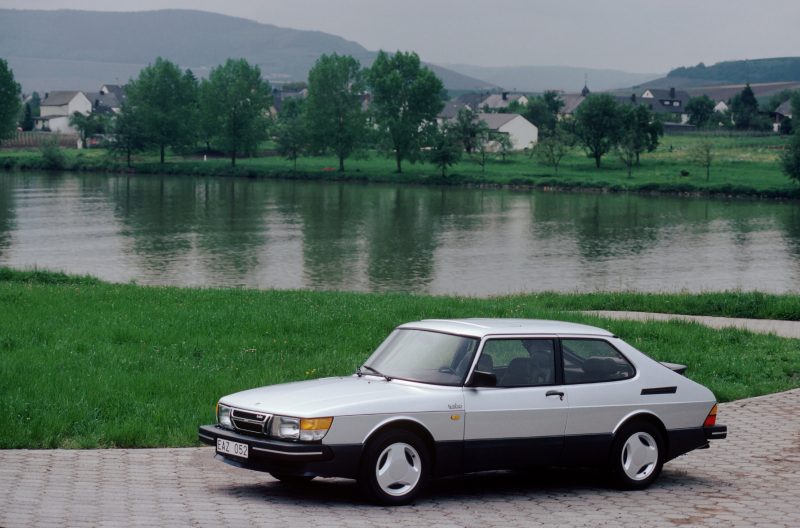
You have the big, long bumpers for safety, you have the vents in the side and you have the tall, broad windscreen for class-leading visibility. The dashboard was a revolution due to being designed in a driver-centric way and the ignition was designed into the handbrake lever area. Why? So you didn’t smash your knees into the keys in the event of a crash. Clever.
The 900 was also brilliantly mad in terms of mechanical design. The four-cylinder, 45-degree slated engine was mounted longitudinally, but drove the front wheels via a gearbox underneath the engine. It was weird, but it worked. And if you drive one, you’ll love it. And while the looks may be acquired, there is no denying that the 900 is a bold, brave design that still turns heads today.

